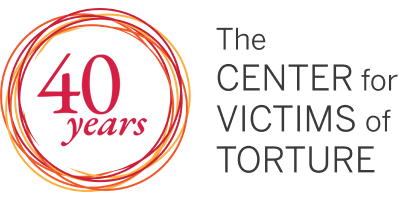5) Harsh Treatment of Asylum Seekers in the U.S. Compounds Trauma
- CVT knows that many people arriving at borders have already survived deeply traumatic experiences, including torture. Harsh treatment at borders exacerbates these harms and inflicts new ones.
Some asylum seekers are detained upon arrival in the U.S. CVT clients have described particularly troubling treatment when detained in the custody of Customs and Border Protection (CBP) at the U.S. Southern border. According to Dr. Adaobi Iheduru, clinic manager and psychologist at CVT Georgia, nearly all of CVT’s clients who arrived via the U.S. Southern border were detained. Many have recounted horrific experiences while in detention including receiving inadequate food and water, as well as unresponsiveness to requests for medical care.
Many of the people arriving at U.S. borders have already survived deeply traumatic experiences. Indeed, per CVT’s own research, as many as 44 percent of refugees living in the U.S. are torture survivors. Other studies indicate a similar torture prevalence rate among forced migrants in high income countries. Harsh treatment exacerbates these harms and inflicts new ones.
Georgia, where CVT extends care to survivors, is home to some of the nation’s largest and most trouble-plagued detention facilities, including the Stewart County Detention Center and Folkston ICE Processing Center. The facilities have long histories of abuse, excessive use of isolation, medical staff shortages, inadequate health care (which led to unnecessary COVID death and infection during the pandemic) and unsanitary conditions.
